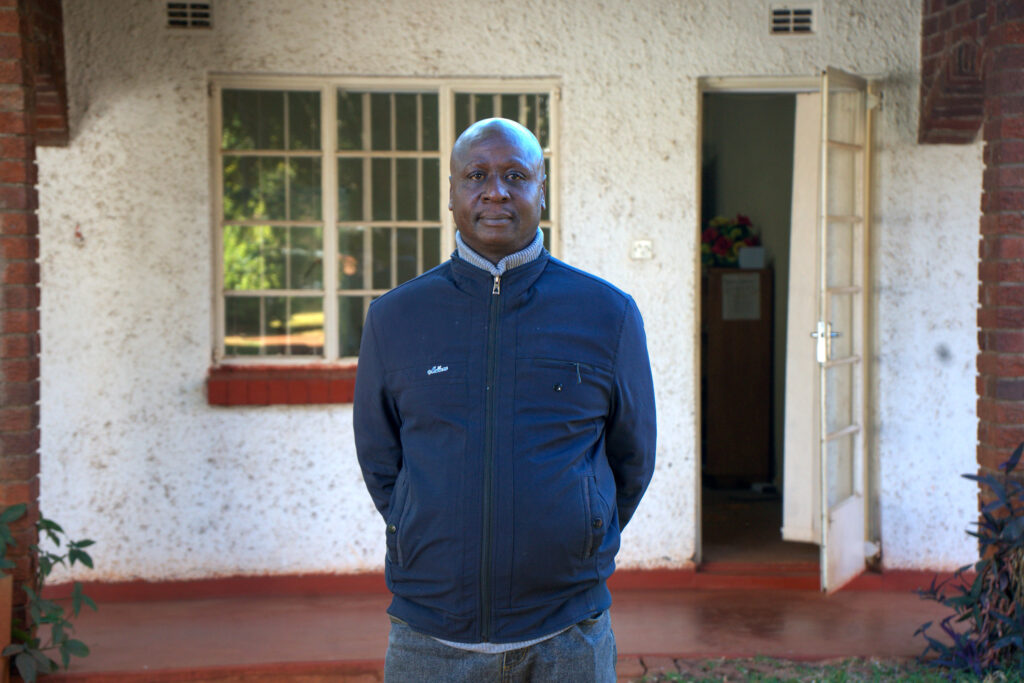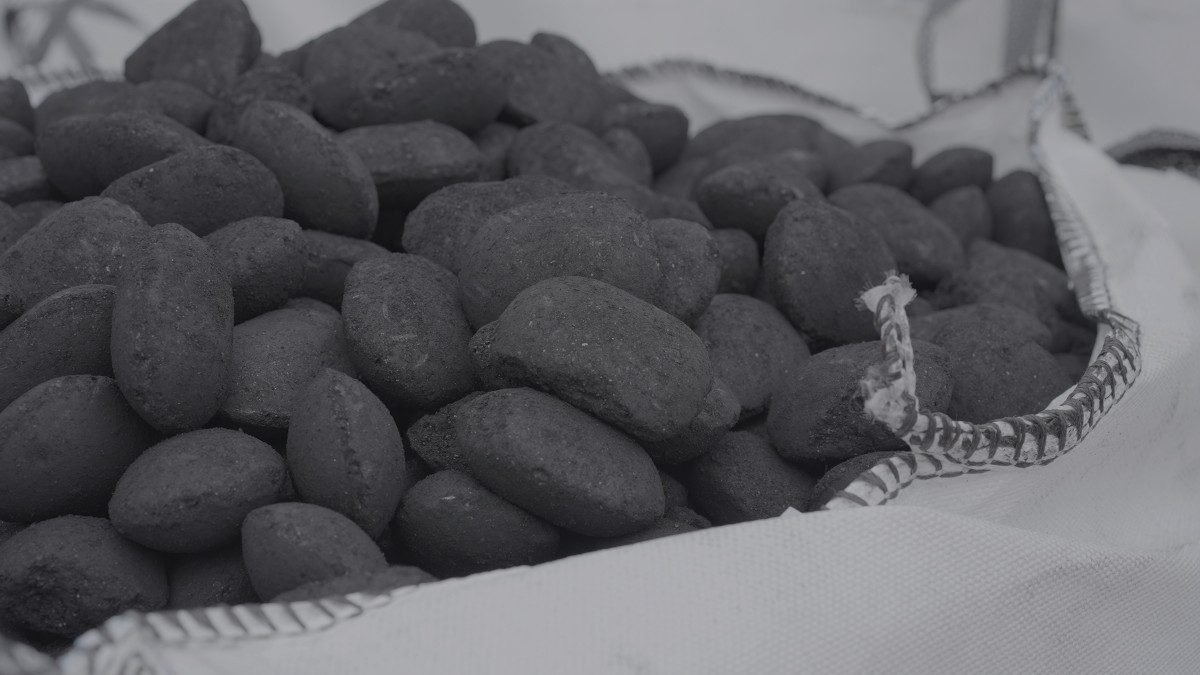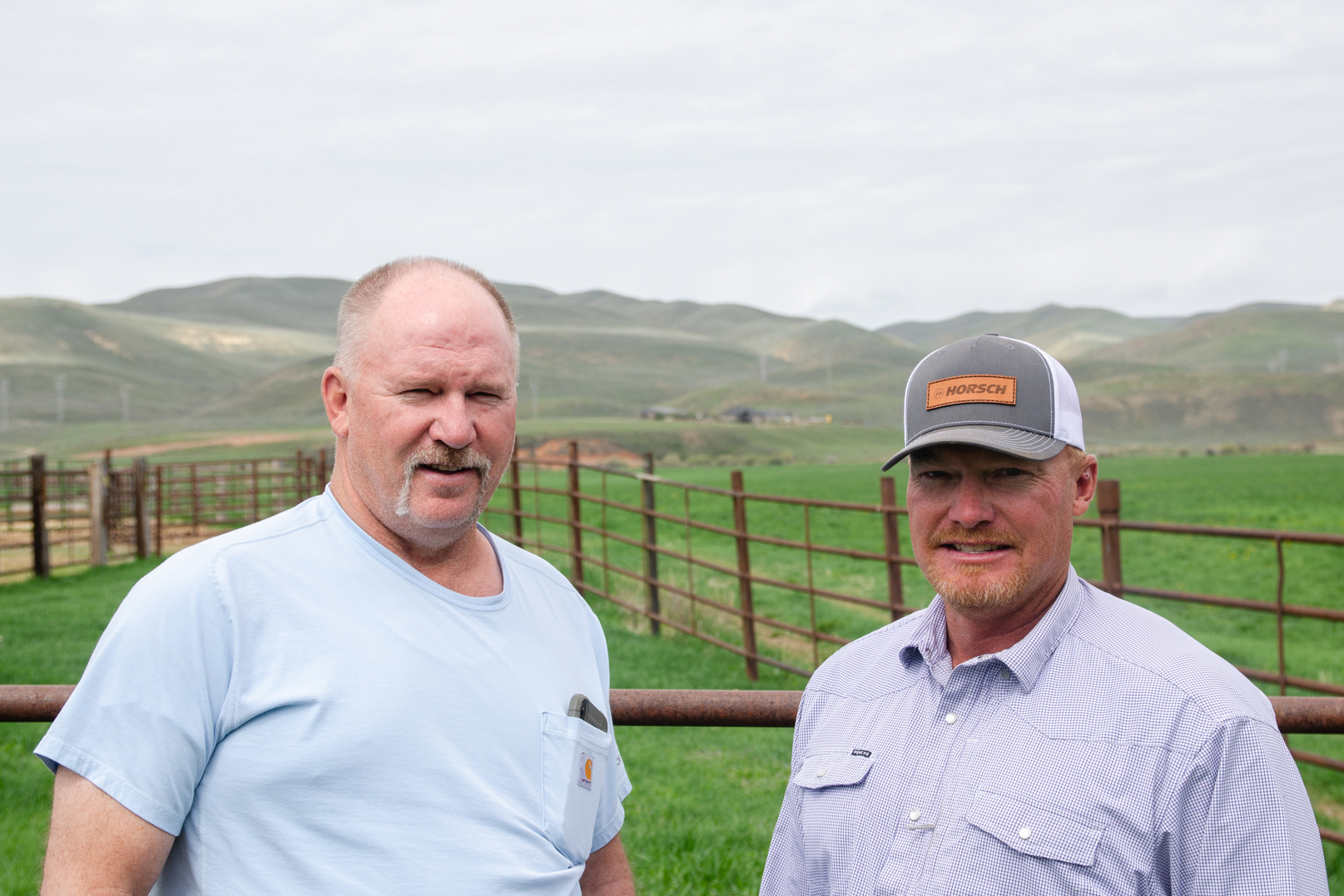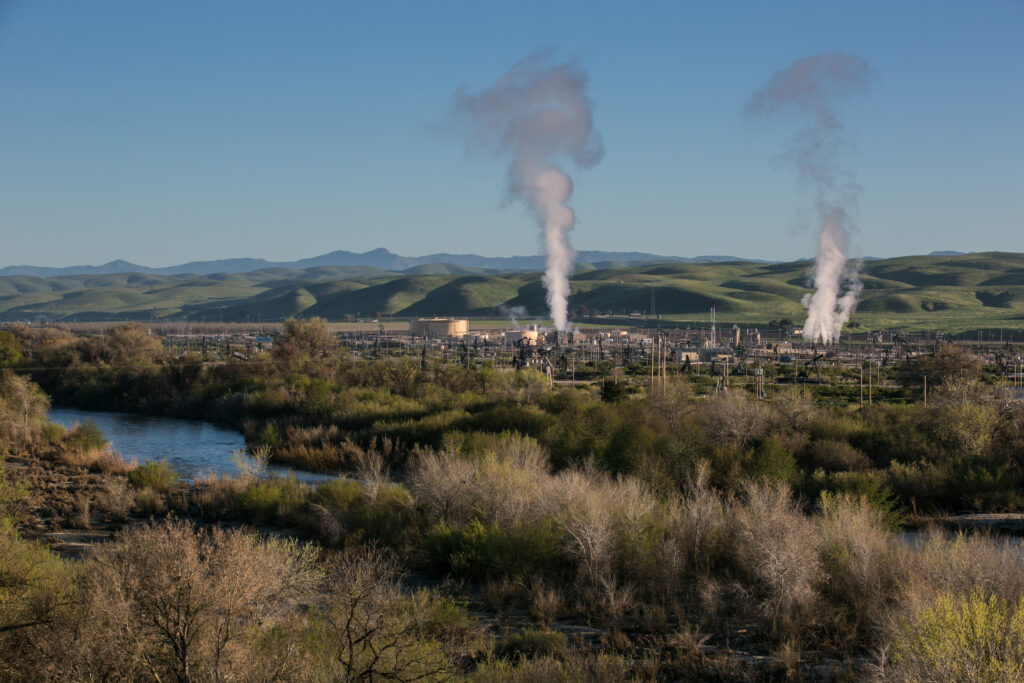From our collaborating partner “Living on Earth,” public radio’s environmental news magazine, a conversation between Aynsley O’Neill and host Steve Curwood with Inside Climate News reporter Victoria St. Martin. The interview has been edited for length and clarity.
What’s in the cosmetics that millions of Americans use on our skin, hair and nails every single day is often a big question mark. What we do know is that some of the chemicals found in things like shampoos, deodorants and lipsticks have been linked to serious health problems, but there’s a huge regulatory gap. In 2019, the House Energy and Commerce Subcommittee on Health, chaired by Democratic Congresswoman Anna Eshoo of California, held a hearing on this gap.
“The only thing standing between Americans and a dangerous cosmetic product is an 80-year-old federal law, the 30 employees at the FDA’s office of cosmetics and colors and strongly worded letters from the FDA,” Eshoo said at the hearing. “To put it bluntly, we don’t know what’s in our cosmetics, and what we don’t know could hurt us.”
A new law—the Modernization of Cosmetics Regulation Act—went into effect at the end of December, giving the Food and Drug Administration more power to regulate the industry. Inside Climate News reporter Victoria St. Martin has been reporting on this, and walked Living on Earth through some of the health risks from products containing such toxins as formaldehyde.
VICTORIA ST. MARTIN: It’s linked to cancers—reproductive cancers like uterine cancer, breast cancer, endometrial cancer. Formaldehyde is not only used in chemical hair straighteners and hair smoothers, but it’s also used as a preservative in personal care and cosmetics.
O’NEILL: There are also parabens, which disrupt hormones and harm the reproductive system, and even heavy metals, including mercury.
ST. MARTIN: It’s in a lot of skin lighteners and it can damage the kidneys and the nervous system.
CURWOOD: Yikes. And we’ve talked with researchers who study the health impacts of endocrine disrupting phthalates in cosmetics. Those are linked to obesity, diabetes and pre-term birth, among other health problems.
O’NEILL: And the U.S. is really behind some other industrialized countries when it comes to protecting consumers from the harmful chemicals in these products.
MARTIN: In the European Union they ban 2,000 and counting chemicals from cosmetics. In the United States at this moment, 11 chemicals are restricted or banned.

O’NEILL: That’s a disparity reflected in how we regulate chemicals here in the U.S. in general. Instead of a precautionary principle, we wait to see harmful effects from chemicals already on the market, and then we consider banning them. Unfortunately, although these new rules are a good start, they don’t change that basic system. They focus more on disclosure.
CURWOOD: The word “fragrance” is often used by the cosmetics industry to hide some of these chemicals from ingredient lists by claiming they are proprietary. Things like phthalates. So how might these new rules help rein in that?
O’NEILL: Although companies will now need to report to the FDA what chemicals are in that “fragrance,” they will only need to list those chemicals on the label consumers see if the ingredients can cause allergic reactions. So, that doesn’t change all that much in terms of what information is readily available to the public about what’s actually in a product. But, the new law does give FDA more authority to recall products when consumers report adverse effects. Another new requirement is that companies will need to conduct safety testing. But there’s a huge catch.
ST. MARTIN: Companies will have to do this safety testing but the FDA won’t be able to make sure it’s happening. So it’s like, I will say that I did my homework, but my mom can’t look at my homework and make sure that I actually did it.
This story is funded by readers like you.
Our nonprofit newsroom provides award-winning climate coverage free of charge and advertising. We rely on donations from readers like you to keep going. Please donate now to support our work.
Donate Now
CURWOOD: Wow. So how can people be sure these products are safe?
O’NEILL: Well, with significant regulatory gaps remaining, it’s really still up to us consumers to do our homework on whether the products we use are safe. There are resources like the “Skin Deep” cosmetics database from the Environmental Working Group, which lets you type in a product name and learn more about its ingredients if the company has made that information available. And Victoria explained that pressure from the public for safer cosmetics really seems to be leading the charge to make regulatory changes.
ST. MARTIN: I don’t think there’ll be another 85 years with little regulation. Those days are gone. The more that we push to have safer and cleaner products, not only will our lawmakers answer, but also industry will as well, because if we’re not buying products that we are concerned about, then they won’t make them anymore.
















